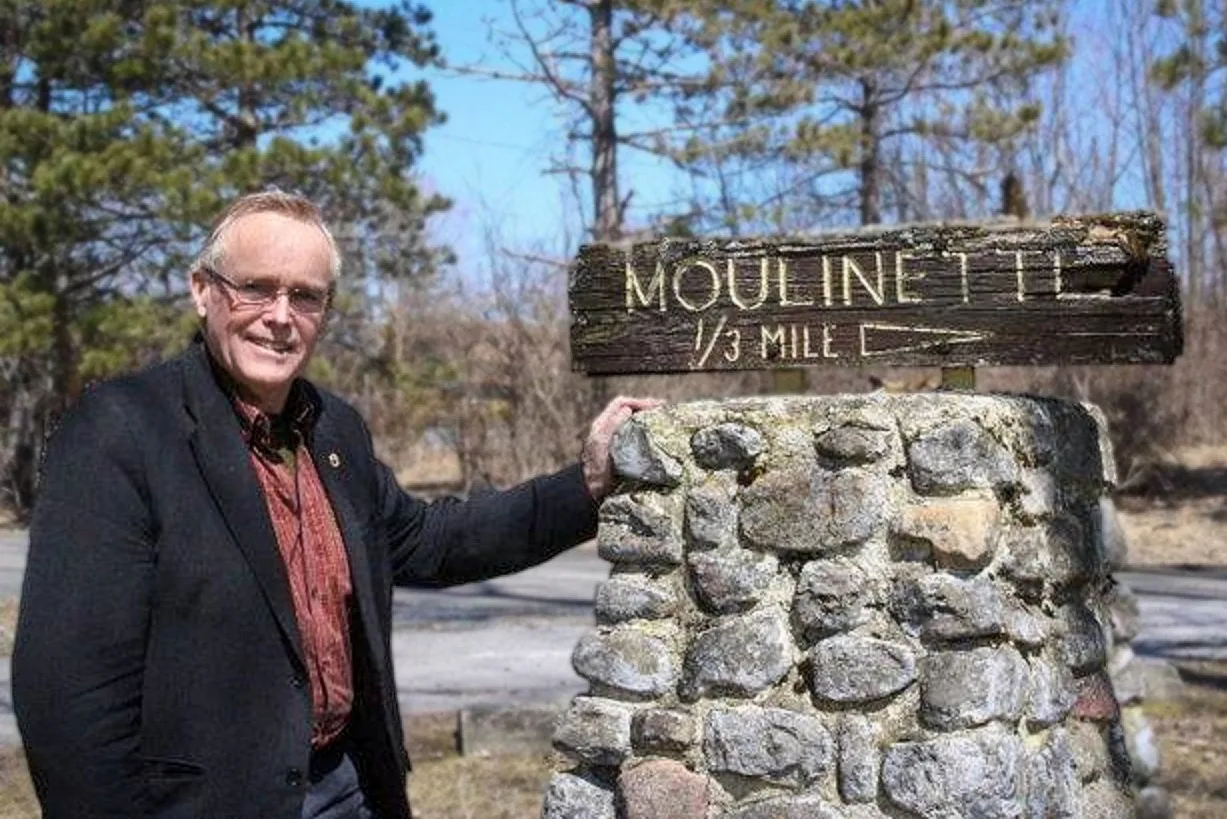Five Questions with Jim Brownell, President of Lost Villages Historical Society
Interview by Jason Setnyk | Photo by Ginette Guy Mayer
Long Sault, Ontario – Jim Brownell is the President of the Lost Villages Historical Society. He has been in that position since 1992, except for an eight-year period when he served as the Member of Provincial Parliament for Stormont-Dundas-South Glengarry. He chairs an executive of seven members within an organization of over three hundred members. Since 1992, he has authored quarterly newsletters for the historical society and has taken a role as the archivist for the historical society.
The Lost Villages Historical Society was founded in 1977 with a mandate to preserve and protect the history of those communities lost to the Inundation of July 1, 1958. Artifacts from the six “Lost Villages” are displayed in the Lost Villages Museum’s buildings. As well, the history of the villages in Stormont, Dundas and Glengarry that were closely associated with the riverfront “Lost Village” communities is also preserved in the Lost Villages Archives.
Five Questions with The Seeker
1 – How does the museum help bring history alive for our community?
“The museum consists of eleven historic buildings arranged in a village-like setting in Ault Park, South Stormont’s oldest park. Visitors are greeted by the historical blue-plaque marker from the Ontario Heritage Trust and the historic Ault Park monument that was moved from its original location on Sheek Island. When visiting the museum’s buildings, visitors may review each building’s history on the bilingual plaque at each door and get up close to the exhibits within.”
2 – What do you like most about working at this community organization?
“When volunteering with the Lost Villages Historical Society and its museum/archives, the greatest satisfaction comes from the dialogue with the many folks who reach out to the organization for assistance, whether through personal visits to the museum/archives site or through emails and social media contacts. As volunteers, we learn so much from many of these visitors, and, over the years, we have been able to enhance our collection of documents and artifacts through the many donations from them.”
3 – Tell us about exhibits/what people can see when they visit the Lost Villages Museum.
“Each building at the museum site tells a story relative to life before the Hydro and Seaway projects of the 1950s. Stepping into the Moulinette Station, for example, one experiences the era of the famous Grand Trunk Railway’s “Moccasin.” The Zina Hill Barber Shop tells the unique story of an early 20th-century business, while the Stuart House shows the evolution of life within the walls of a United Empire Loyalist home from Wales.”
4 – Tell us about volunteers and what they mean to your organization.
“The historical society would not exist without the many volunteers who have stepped to the plate to sustain it over the years. For many years, all capital and operational expenses were covered through funds raised through events championed by the volunteers. While fundraising is still essential to the society’s existence, we are appreciative of the work and assistance provided by the Township of South Stormont. The tourism potential of this museum was built on the backs of its volunteers.”
5 – How does your organization help with the area’s economic development and/or tourism?
“It is fair to say that the Lost Villages Historical Society has added greatly to tourism opportunities and economic development in South Stormont and surrounding areas. The historical society continues to expand amenities at the museum site, which has had a major impact on tourist visits. Visits to the museum have increased exponentially over the years (except for the pandemic), and the Lost Villages” brand has grown in the community.”
For more information about The Lost Villages Historical Society, visit their website.





